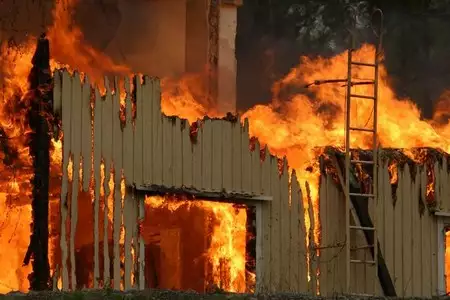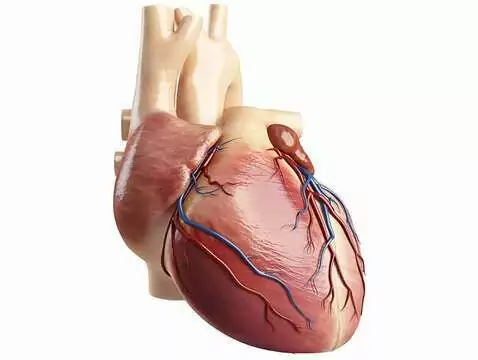Post Traumatic Stress is the body's response to experiencing a tragedy. Symptoms can persist for months. Appropriate management will reduce recovery time.
This study provides basic information on post-disaster management.
What is Post-Traumatic Stress Disorder?
1. Over-stimulation: A state of 'constant readiness', chronic over-stimulation - 'as if' danger is about to return at any moment.
Accelerated heart rate and increased blood pressure, sweating, state of restlessness, sensitivity to noises or to inert stimuli, e.g. to the sound of a doorbell the trauma victim reacts with disproportionate agitation, fear. Difficulty falling asleep, "alert" sleep, nightmare dreams.
2. Re-experiencing the disaster in dreams, moments of reverie, memories.
(the result of strong encoding in memory of the scenes of the tragedy)
Recurrence of very realistic images of experienced scenes. Small inconspicuous stimuli can trigger very strong memories accompanied by strong emotions - matching the strength of those the person felt at the time of the tragedy.
3. Narrowing of perceptions and behaviour
A state of numbness, isolation from emotions, partial 'anaesthesia' or loss of particular sensations. Emotional indifference, passivity. A person may be perceived as 'absent', indifferent.
This is a natural human reaction to cope with extremely difficult emotions. The effect is to separate the emotions from experiencing them.
Initially, symptoms of overstimulation and intrusion predominate. As the days go by, symptoms of constriction begin to dominate.
4. Feelings of rescued guilt
Victims of tragedy often feel guilt towards those who did not survive.
Reflecting on their helplessness, that the tragedy could have been helped, prevented.
Feeling guilty for reflexively saving their own life.
Reflecting on "what ifs".










